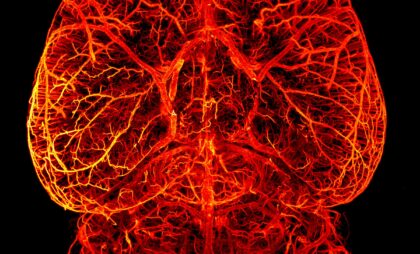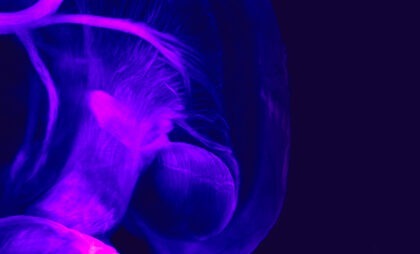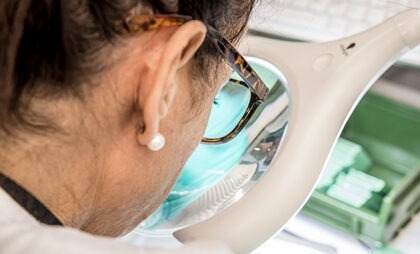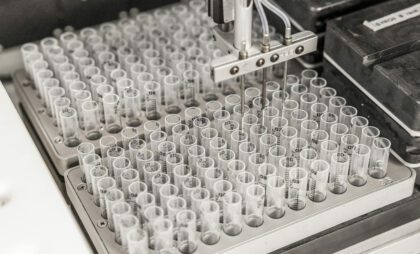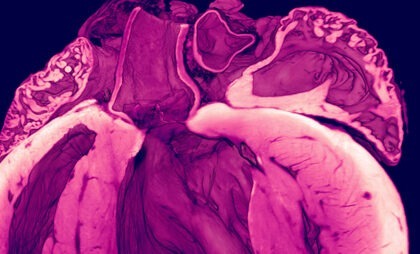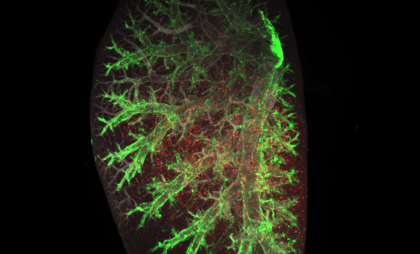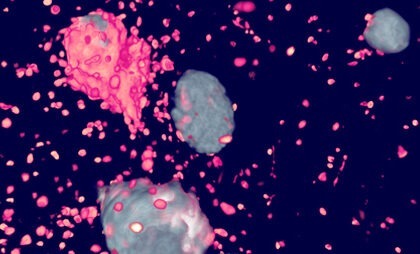Preclinical Cro services in
Obesity
At Gubra, we harness our extensive scientific expertise to conduct preclinical research studies dedicated to combating obesity. Our preclinical CRO services include efficacy and mode-of-action studies, utilizing state-of-the-art diet-induced obese rodent models of obesity. Through a combination of in vivo studies, including real-time food intake monitoring and biomarker analysis, we offer comprehensive evaluations of your drug candidate. Histology, 3D whole-brain imaging, and RNAseq further enhance insights into the mode of anti-obesity drug action of our studies.
Why choose Gubra?
-
Expert scientific guidance in preclinical obesity research
-
15+ years of experience in anti-obesity drug profiling
-
Diet-induced obesity (DIO) mouse models ready-to-use for your study
-
Individually tailored efficacy study design to meet your research objectives
-
Whole-brain 3D imaging to capture and analyze drug responses


Consult with Marco Tozzi
Senior Scientist, Scientific Sales
Advance your obesity drug development with our extensive knowhow.
Comprehensive Models for Preclinical Research in Obesity
Benefit from Gubra’s unparalleled expertise in preclinical obesity research. With a track record of successfully profiling numerous anti-obesity drug candidates, we ensure a rapid delivery of comprehensive and actionable data for your research needs. Our specialized in vivo study designs, coupled with a wide range of industry-standard rodent models of obesity, guarantee in-depth evaluation of your drug candidate’s therapeutic efficacy and mode of action.
Main Efficacy Study Offerings
Instant availability of
(DIO) mice models
Comprehensive
Treatment efficacy studies
Real-time
Food intake monitoring
Thorough
Gastric emptying studies
Detailed
Taste aversion studies
Complete
Energy expenditure testing
Accelerate your anti-obesity drug profiling
Animal models of obesity available

Diet-Induced Obesity (DIO) Mouse Model
-
A comprehensive model for obesity and metabolic syndrome research
-
Induced by High-Fat Diet (HFD), resulting in adiposity and prediabetes
-
Ready-to-Use at Gubra for immediate implementation
-
Extensive Standard of care benchmark
-
Suitable for both monotherapy and combinatorial profiling studies
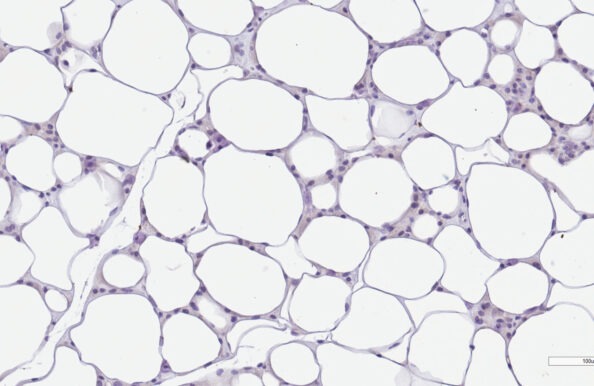
Diet-Induced Obesity (DIO) Rat Model
-
A comprehensive model for obesity and metabolic syndrome research
-
Induced by High-Fat Diet (HFD), resulting in adiposity and prediabetes
-
Ready-to-Use at Gubra for immediate implementation
-
Extensive Standard of care benchmark
-
Suitable for both monotherapy and combinatorial profiling studies

ob/ob Mouse Model
-
An effective model for investigating obesity and type II diabetes
-
Characterized by hyperphagia-driven overt obesity
-
Exhibits marked insulin resistance and glucose intolerance
-
Maintains intact leptin receptor signalling for accurate research
-
Suitable for both monotherapy and combinatorial profiling studies
Investigate your compound’s mode of action
Acute obesity studies offering
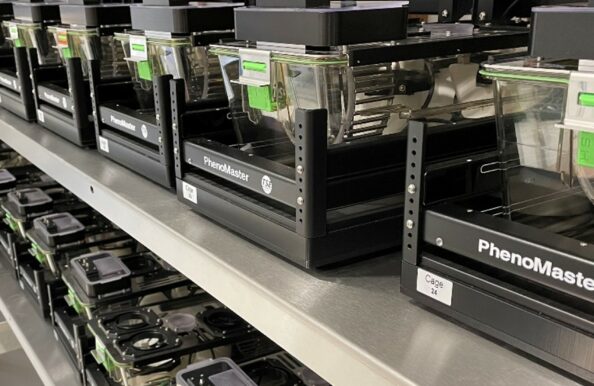
Real-time food intake/activity analysis
- State-of-the-art analysis for profiling appetite-suppressive drug effects
- Detailed real time acute food/water intake and locomotor activity
- Treatment efficacy across a wide range of anti-obesity drug classes
- Suitable for lean mice, DIO mice and DIO rats
- Screening up to 14 compounds/doses
- HM2 and PhenoMaster systems
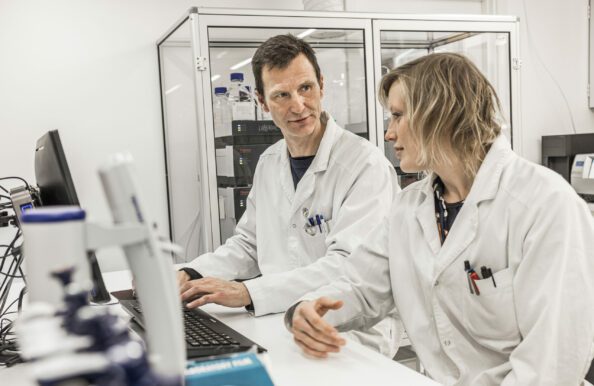
Energy expenditure monitoring
- A multi-modular platform for carrying out metabolic, behavioral and physiological monitoring
- Detailed real time indirect calorimetry monitoring
- Possibility to run studies at Thermoneutrality
- Ideal for acute or semi-chronic studies
- Suitable for lean mice, DIO mice and DIO rats
- TSE system
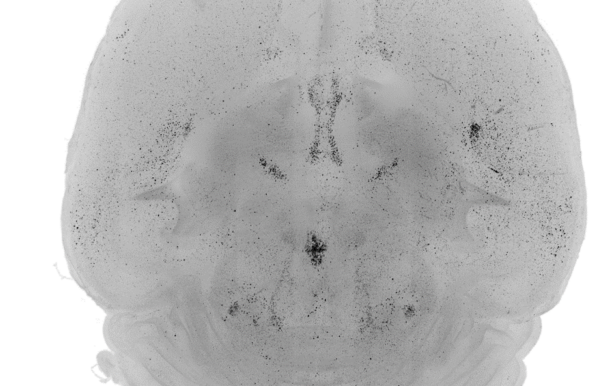
Additional study options
- Optional in-study tests or stand-alone tests to consider
- Food preference study
- Taste aversion study
- Gastric emptying study
- c-Fos activation 3D imaging study
- Brain receptor mapping
Progress your study with greater certainty
Whole-brain imaging of
drug distribution
In the pursuit of effective drug candidates, understanding drug biodistribution and access to the brain is crucial. Anti-obesity drugs may cross the blood-brain barrier to engage with appetite-regulating regions. Gubra uses industry-leading 3D imaging techniques to determine the distribution of fluorescently tagged therapeutic peptides and antibodies throughout the entire brain. This comprehensive approach ensures precise visualization of drug distribution, drug target mapping and quantifiable treatment outcomes providing insights for your drug candidate research.
Cloud-based brain data viewer
GubraView
Gubra offers an interactive cloud-based brain-viewer combining visual and quantitative data from whole brain imaging. Click on any brain region and get instant access to statistical information about cell counts and signal intensities. The platform provides valuable insights, facilitating easy access across multiple geographical sites for informed decision-making in the anti-obesity drug development.
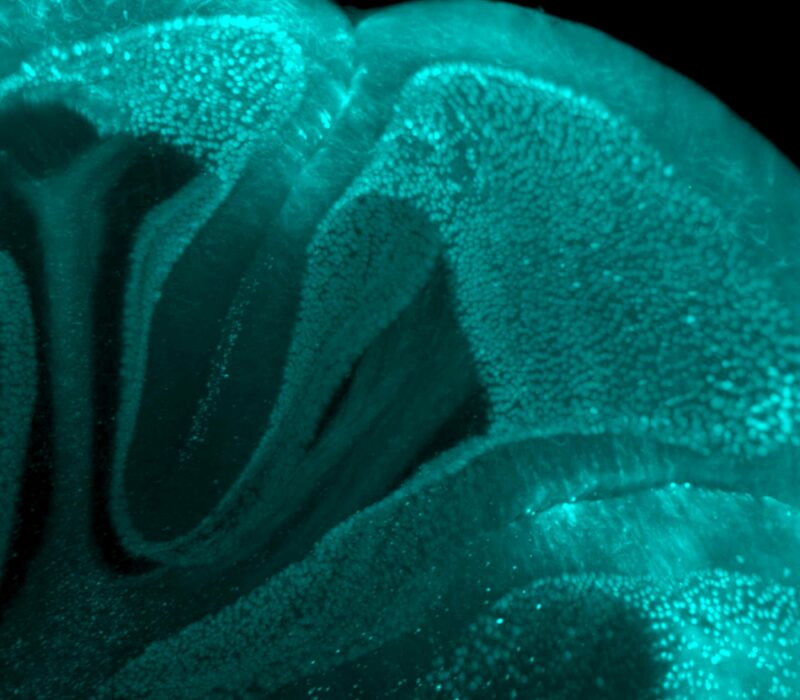
Related pages
For further information
Contact us
Gubra
Hørsholm Kongevej 11B
2970 Hørsholm
Denmark
+45 3152 2650
